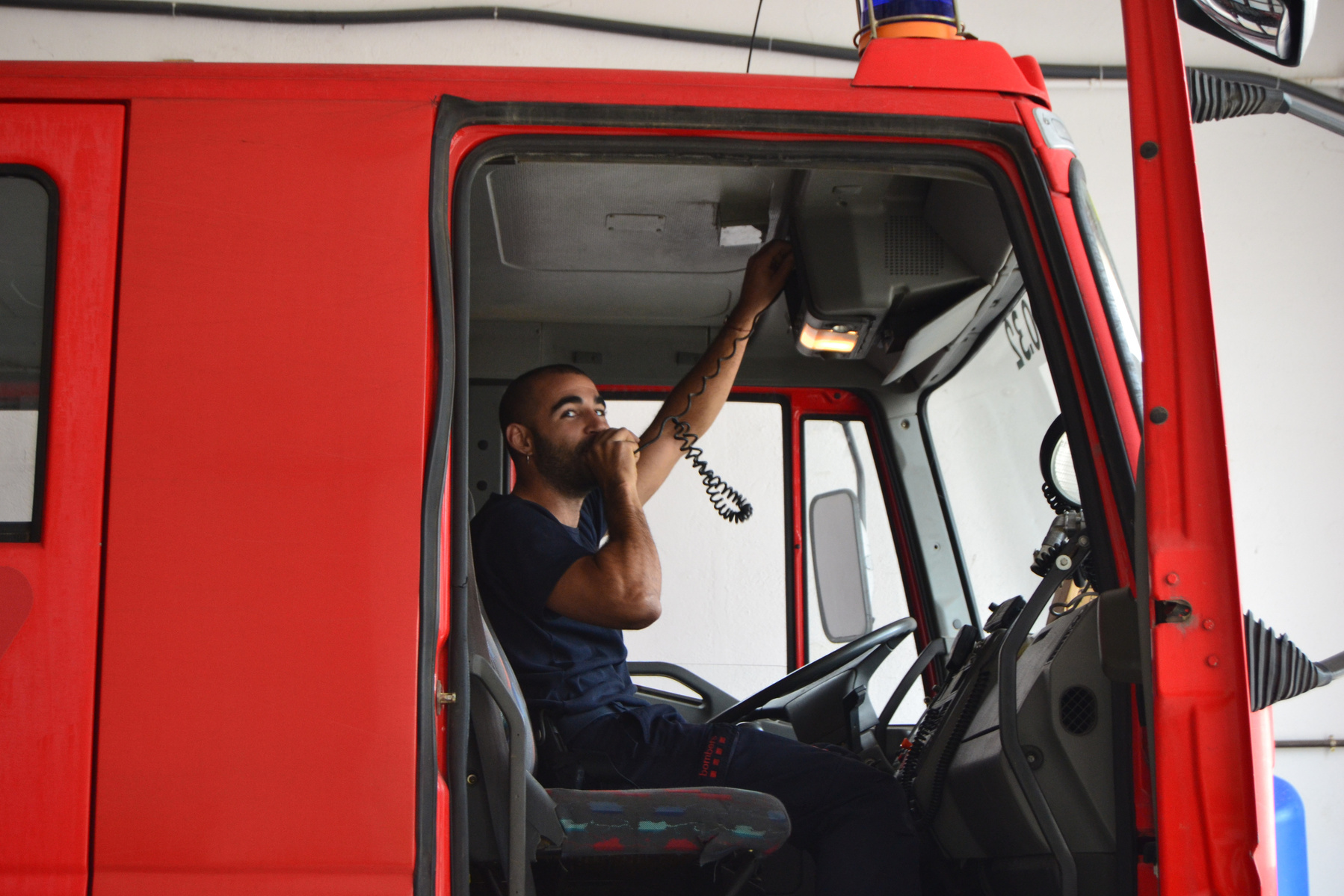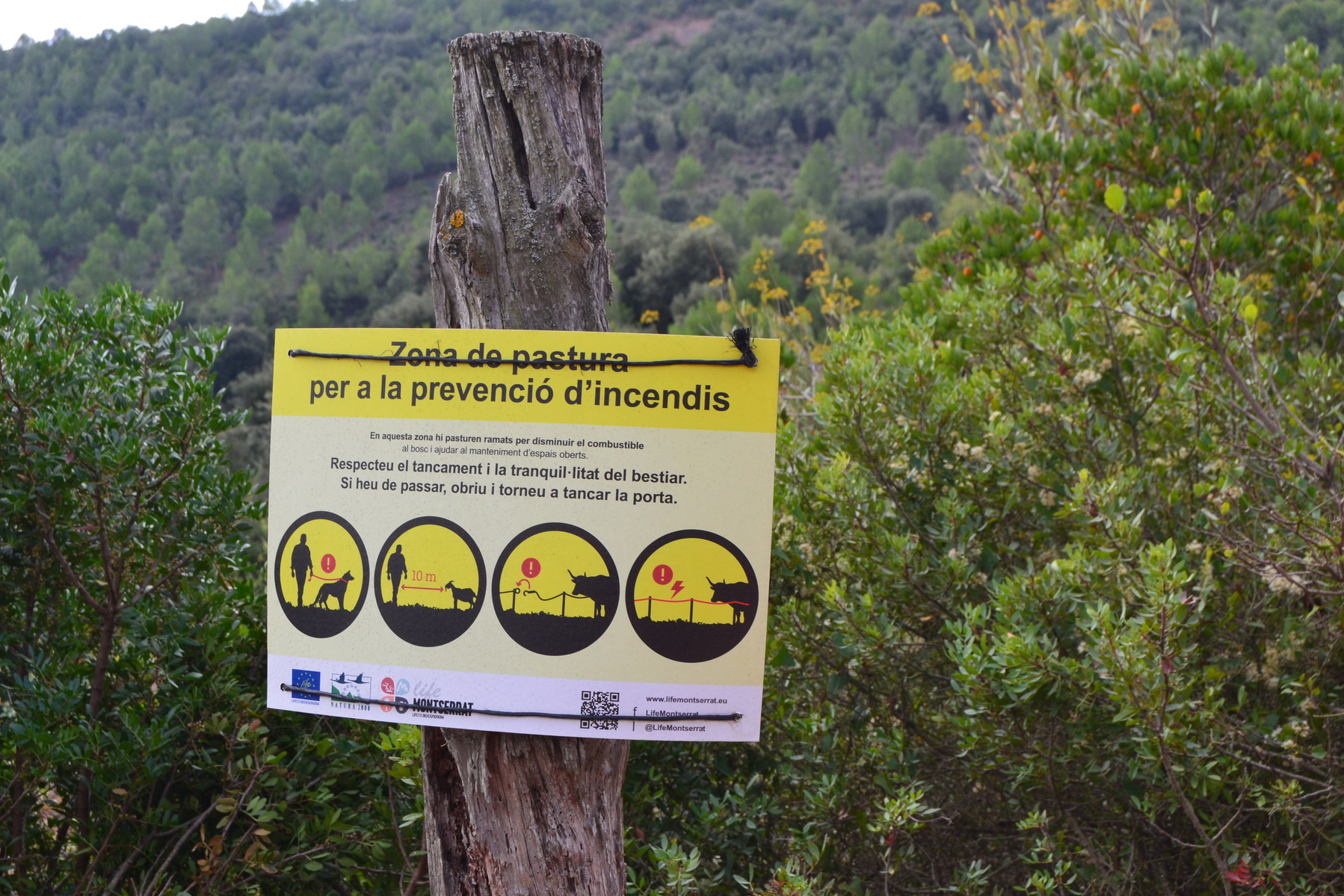
Broadly, they entail:
-the conversion of subsistence lands into industrialized ones (Amazonia, Indonesia),
-the loss of fire protection institutions (Russia),
-oversuppression resulting in ecological deficiencies of fire (USA, Canada, Australia)
-the abandonment of long-settled landscapes (the Mediterranean).

Globalization and urbanization have depleted rural economies in historical mediterranean landscapes. Young people find few opportunities in the countryside as the value of agricultural goods decline. Homesteads, farms, and forests have been abandoned for higher wages in urban areas. As time passes, responsibilities of ownership and management are forgotten.

These environments were crafted by centuries of human use, through farming, shepherding, and forestry. A mosaic of activities that made land valuable and resilient. The loss of these activities represents a loss of environmental management, and nature returns unbounded. Fire adapted Pinus sylvestres, nigra, pinea; as well as Quercus ilex and suber, grow unrestrained.

Since 1945, western European forest area has surged 30%. The rhapsodic return of forests evoke a sense of serenity, but also underlying danger. Fire is an important ecological function in Mediterranean landscapes, but without pastoral practices, fuel loads are no longer checked by human hands. The mosaic is disappearing. Without ecosystem-based management, these forests and their surrounding communities are increasingly vulnerable to extreme events.

The outcome can be explosive. As wildfires in Portugal and Spain may run for miles in rural areas of continuous fuel. Driven by ocean-influenced winds and perpetually unstable atmospheric conditions, unpredictable fire behavior may jump between islands of vegetation. The few remaining vineyards, olive and hazelnut groves, serve as the only breaks on a once patchwork landscape.

There are those that seek solutions - beyond acquiring more planes and fire engines - to the societal approach to landscapes. Bolstering rural economies to return landscapes to their former mosaics. Firefighters, shepherds, scientists, managers, convene to discuss best practices for strategic fuel management. In this photo, GRAF firefighters share their strategic fuels management that utilize goats and sheeps to reinforce natural firebreaks. Through Pau Costa Foundation's (PCF) Fire Shepherds Program, sheep reared in conjunction with fire management receive a special social impact certificate.

Many of those whom engage in wildfires recognize the answers lay with better understandings of fire behavior, ecology, and our interactions with landscapes.
The "firefighting trap" envisions suppression techniques and technology as the "silver bullet" to solving wildfires. However this is only a short-term political solution. Many firefighters understand their challenge is growing and call for other approaches.

Shepherds, who still engage with land and fire, must be supported. Goats and sheep help manage fuel loads and contribute goods to local economies. Pastoralism represents an important juncture of environmental management and social inclusion. This group resembles a portion of PCF's Fire Shepherd network.

Innovative organizations, like Pau Costa Foundation, teach the next generations about holistic management. Safeguarding future resources and lives must be done proactively. Here, school children observe the difference in fire behavior between managed and unmanaged "forests". Changing landscapes, as well as minds, will take considerable time, but new societal mentalities are necessary to begin "living with fire".

Firefighters and communities reconcile to understand why things are happening and what steps must be taken. Only through transparent relationships can recovery be meaningful. In order to "build back better", trust between communities and state institutions are imperative, especially after the painful memories of wildfire. Post-disaster discussions and field trips are an underutilized tool to communicate risk and remediation with communities.

The Catalonian firefighting concept, GRAF, is to delineate land management and fire response so as to avoid depleting environmental agencies of their budgets to fighting wildfires. Instead, a special branch of the state's firefighting force is dedicated to forest actions. Both in the application of ecological fire and tactical suppression. Despite their mandate to respond to fire, their internal mission is to build landscapes to fit fire as opposed to build up resources.

GRAF resembles many other fire management organizations in its pledges of fuel mitigation, ecological recognition, community engagement, and protective firefighting. However, it is unique in its absence of "siloing" and organizational narratives. The agency rhetoric is based on two critical understandings that increase its flexibility: the recognition of the "Fire Paradox" and "Fire Generations".

The "Fire Paradox" pertains to the duality of fire - in that fire has the potential to incite serious social, economic, and ecological afflictions. And yet, it also possesses beneficial abilities for vegetation management, ecological restoration, and protection against severe wildfires. Recognition of the paradox yields that fire suppression alone cannot succeed, and instead firefighters must utilize science-based prevention strategies. This concept lead to the EU's Fire Paradox project (2006-2010) which outlines best practices for onboarding integrated fire management principles.

"There is a small percentage of new types of fires that we cannot understand, and these are the most destructive ones" - Marc Castellnou
"Fire Generations" is prevalent narrative within the agency, and refers to the future change of wildfire behavior. Climate and demographic alterations will continue to compound challenges; the goal is to continually identify shifts in wildfire behavior and meet them with constantly shifting management adaptations. In a sense, it is adaptive fire management. Fire agencies, let alone government agencies, rarely make constant change a facet of their identity. In the age of mega-fires, it may be crucial for agencies follow suit in being "learning organizations" .
Another concept utilized by GRAF are "Fire Scouts" used during operations. Designated firefighters, steeped in fire behavior knowledge and experience, seek out opportunistic sites for burn-out operations to direct fire spread.

GRAF and Catalonia have learned their lessons the difficult way - through smoke and loss. In 2019, the European Union experienced triple its average number of wildfires. Warmer winters in northern Europe resulted in Germany (five times more fires), France (seven times more), and the UK (nine times more) experiencing higher fire occurrences.
With larger wildfires on the horizon, some northern nations turn to their southerly neighbors for guidance.

For heavily forested nations in northern European, the potential gravity of severe wildfires instills fear. Unexperienced with consistent wildfire threats, many of these countries seek to protect themselves behind firefighters and airplanes. Some nations, such as Norway, have opted to learn from their southerly neighbors. In this photo, some Norwegian foresters and firefighters learn about burn-out operations and strategic fire breaks.

"We need to get to know each other in the first place, start to like and then trust each other in order to work efficiently together"
The Catalonian Decree of 2006 is a unique piece of environmental legislation in Europe. It provides legal protection for two types of suppression fires: backfiring and burn-outs. Common place for many wildland fire practitioners, the use of fire to combat fire is outlawed in numerous nations. With societies and governane systems uncomfortable with the application of fire, suppression tactics as well as land management techniques suffer as a result. Here Norwegian firefighters learn the basics of fire behavior and firing operations from their Catalonian counterparts. Knowledge exchange represents one of the strongest tools available to the greater wildfire/environmental field.

Within the field of wildfire management, there is greater acceptance that fires will persist and societies must accommodate its presence. The debates range: on whether or not alternative stable states will exacerbate wildfires, whom should burden the cost of prevention, or how configurations of land-use will affect landscape flammability overtime.

Fire's in the Mediterranean will rise in severity as other European nation's begin their first fire seasons. Maintaining adaptive management in future fire weather conditions will rely on scientific tools to predict and coordinate all aspects of mitigation. There are imperative needs to understand how fuels are changing in variable climates, and how those fuels influence fire behavior. The creation of this research is as important as its transfer to planning, public awareness, and operational use. Undoubtedly the research establishment in Europe has capacity to answer questions, but platforms for dissemination are needed.

Climate change is beginning to reveal Europe's susceptibility, and the time to enact proactive strategies and investments is occurring. Avoiding the paradoxical approach of relying on firefighter resources will be a great challenge to European nations. The real challenge may be innovating meaningful forms of integrated fire management combined with strong research and technology transfer.

